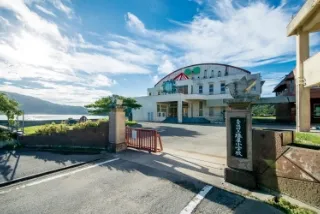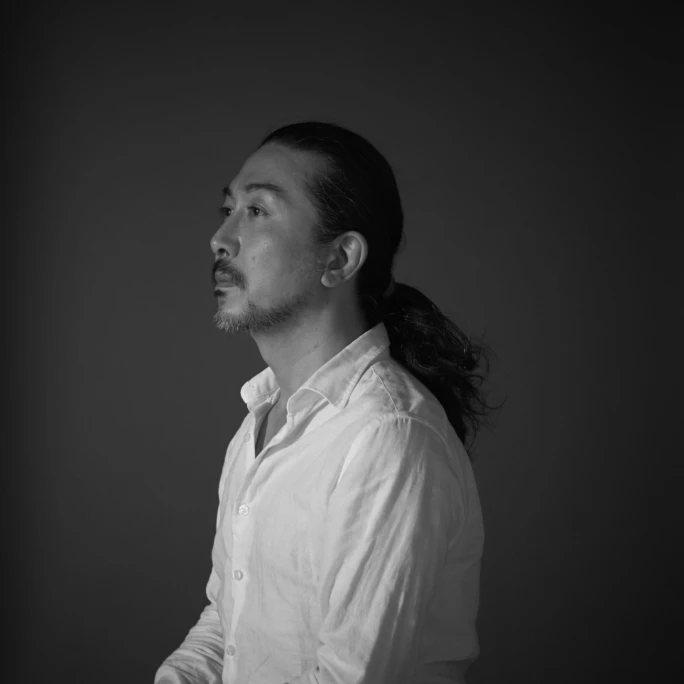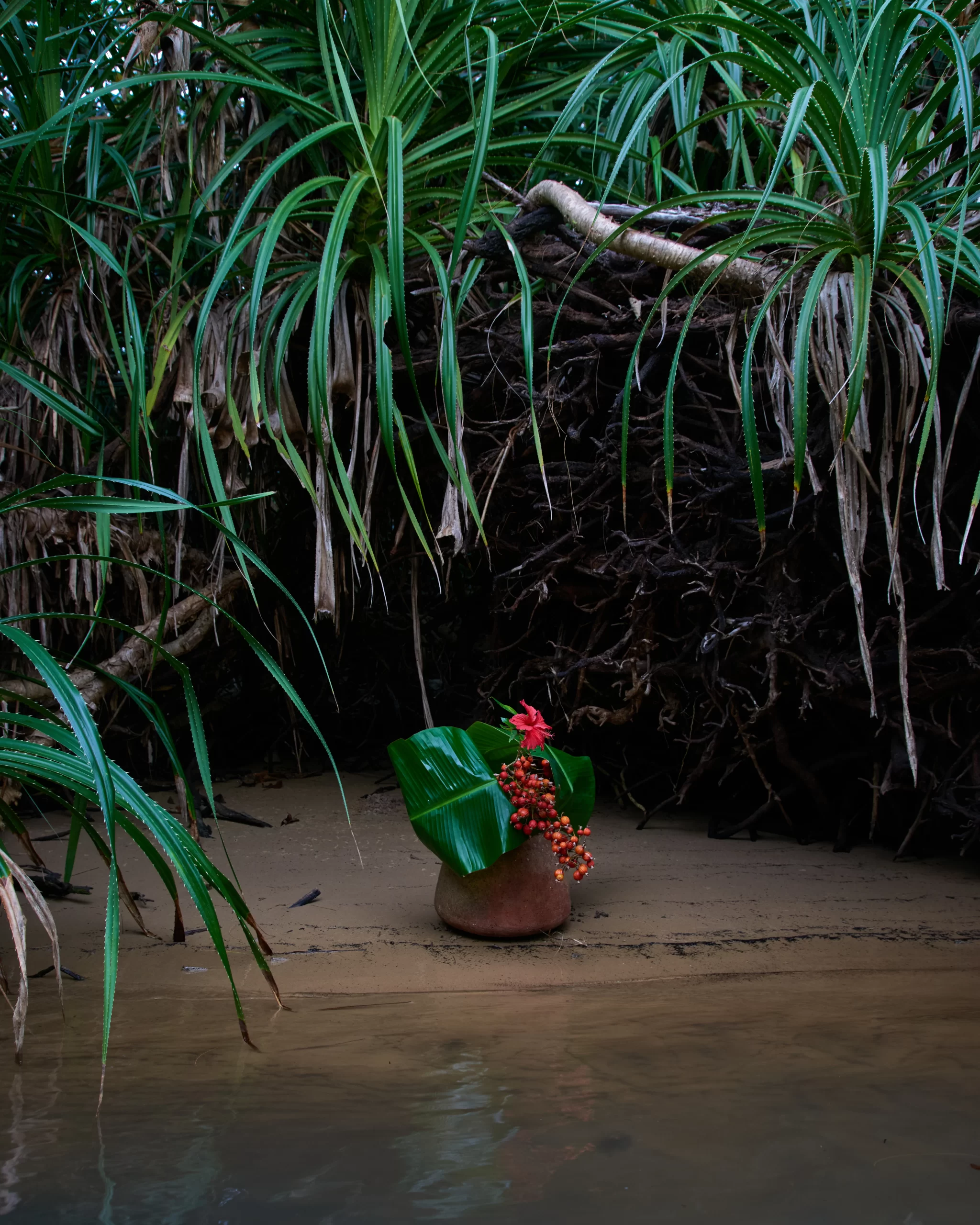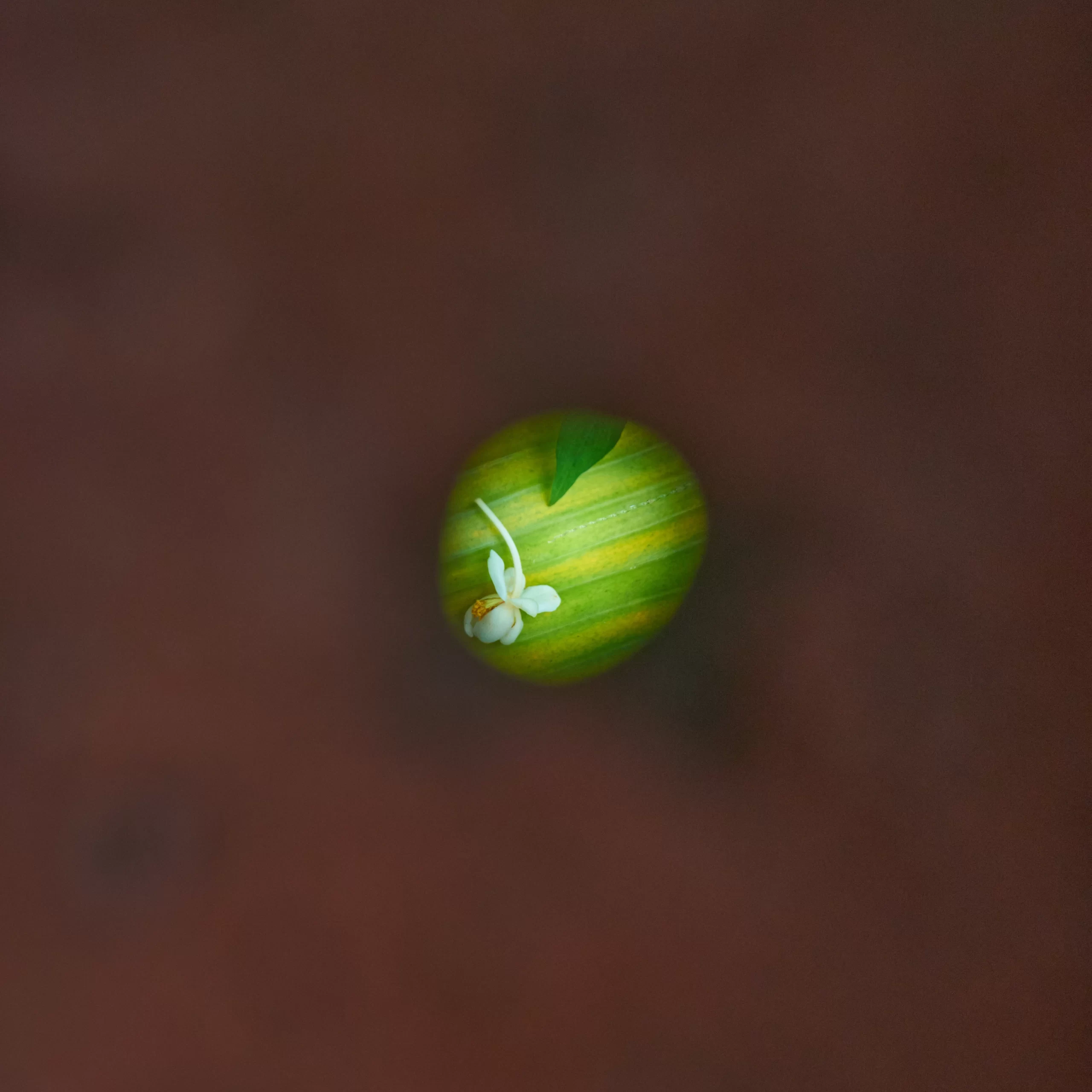Atsunobu Katagiri
The Path of the Soul, Yaima Jar, Panari
When you think of pottery in Okinawa, Yachimun probably comes to mind. In Yaeyama, there is a pottery tradition different from Yachimun, called “Panariyaki"".
Panariyaki is a tool for daily life, used for storing water and food. Some of them had holes in the bottom and were used as urns when people died. These are no longer made or used because water comes out when you turn on the tap, food is sold in supermarkets, and people are cremated when they die.
People live the similar life all over Japan, and there are probably fewer and fewer cases of Okinawa or Yaeyama being the only place that maintains something unique.
However, I believe that in the traditional way of life, there were hidden wisdom and hints for living that reflected the local culture of the area.
Unfortunately, it is almost impossible to find Panariyaki in Yaeyama today. It is said that there are some pieces stored in museums, but the rest have been bought by antique dealers and people who love ceramics.
This time, I borrowed Panariyaki from a private collection on Iriomote Island to take photographs. I would be happy if I could deliver such an atmosphere that makes you think back to the original landscape of the island by meeting the flowers blooming in the area where the Panariyaki was used.
Exhibition hall

Ogimi Village Former Shioya Elementary School 538 Shioya, Ogimi Village, Kunigami-gun, Okinawa
ARTIST

Atsunobu Katagiri
Iemoto of the Misasagi school of flower arrangement. After graduating from junior high school, studied in the U.S. and returned to Japan in 1994. In 2005, he opened "Mondo Shobo" in Sakai City, which is both a school and a gallery, and has been involved in a wide range of activities, including the discovery, exhibition, and publication of young artists. In 2015, he published "SACRIFICE - Mirai ni Eigo, Rebirth Ikebana" (Seigensha), in which he visited Fukushima after the Great East Japan Earthquake and created and photographed works to convey his wish for regeneration in the areas surrounding the nuclear power plant. His works range in style from small wildflowers to contemporary art-like installations, and his aim is to delve into the animistic aspect of ikebana as its origin, and to unravel the relationship between plants and humans from a cultural anthropological perspective. His activities center on solo exhibitions and workshops in Japan and abroad.

